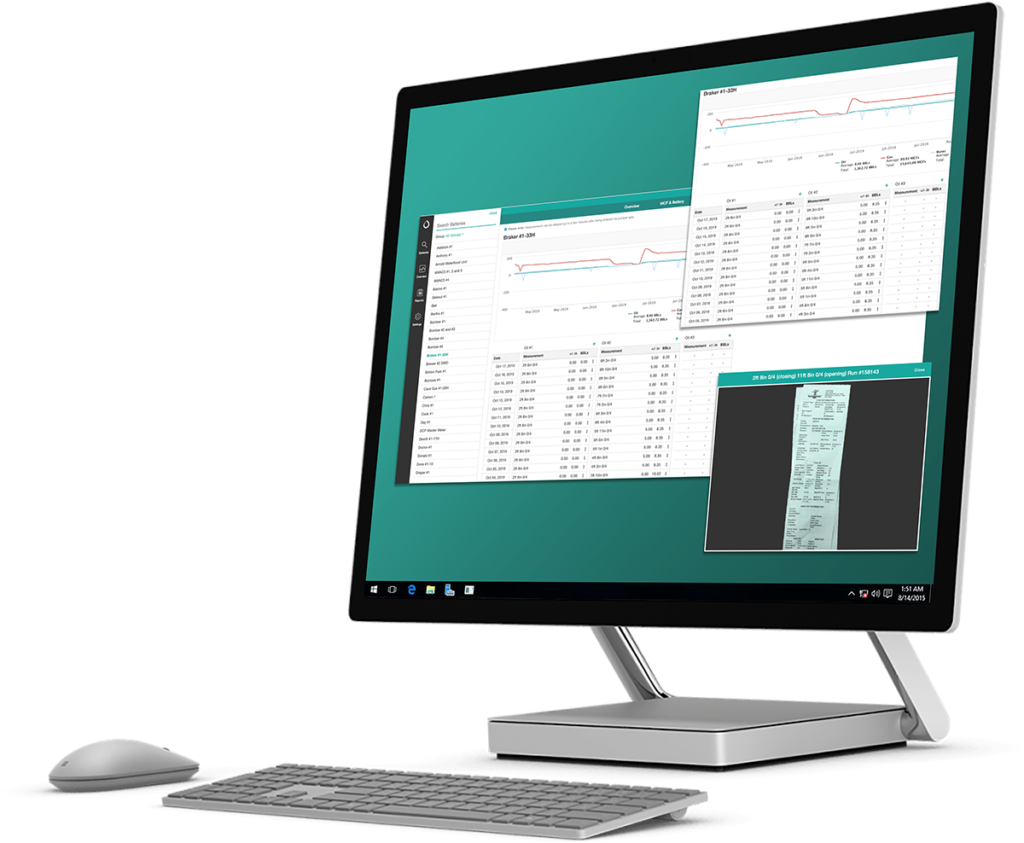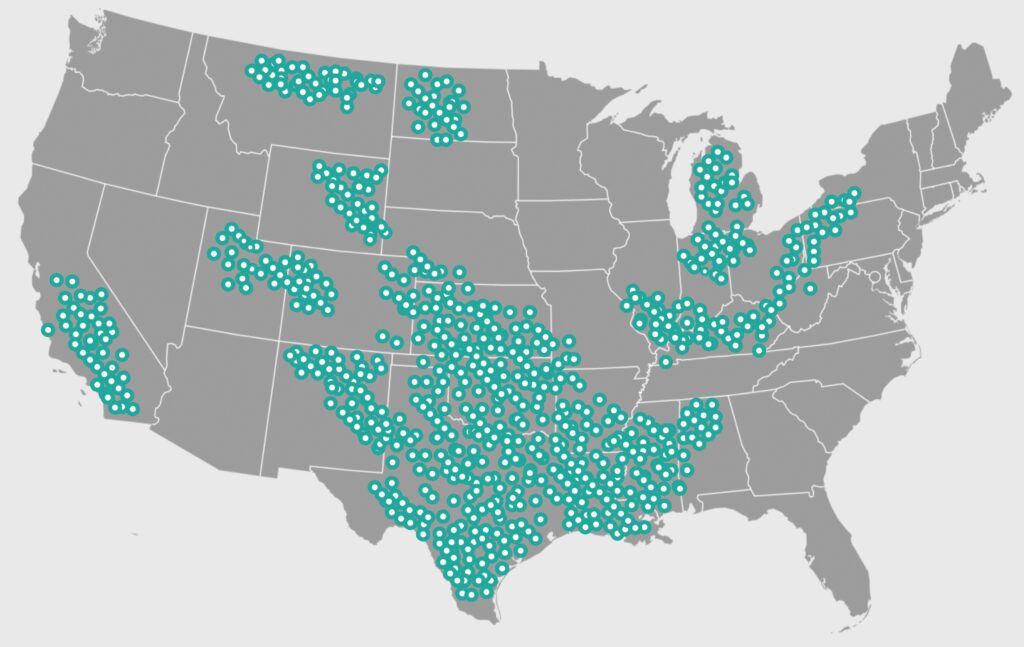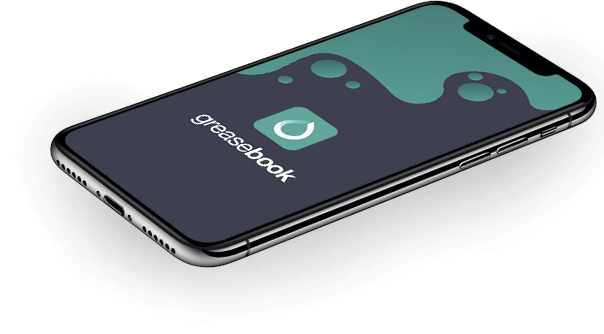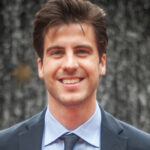
September 25th, 1922 – First Commercial Oil Well Drilled in New Mexico
The Navajo Indian Reservation was the site of the first ever commercial well in New Mexico. The Midwest Refining Company finished the well and ultimately launched the oil industry in the state.
Close to Shiprock, the Hogback No. 1 produced 375 BOPD. After that discovery, Midwest Refining finished 11 other oil wells in the Hogback Oilfield, which would establish the area as a major producer in the San Juan Basin. A pipeline was built two years later so that the oil could be refined in a facility located in Salt Lake City, Utah.
All this production led to more exploration. As a result, discoveries made in 1928 brought an economic boom to the town of Hobbs and the rest of Lea County.

September 26th, 1876 – California Oil
Charles Menty’s company, the California Star Oil Works had drilled three promising wells by 1876, however, their first gusher wasn’t discovered until September 26th of that year. It was named the Pico No. 4 and it was also the first commercial oil well in California. The well was drilled with a steam-powered, cable tool rig on land that was known for oil seeps. This discovery would later reveal this Pico Canyon oilfield near Los Angeles.
That Star Oil Works discovery led to California’s first oil refinery and pipeline being constructed. The well produced 25 BOPD at 370 feet. The refinery and pipeline were built so that axle grease, kerosene and other types of lubricants could be made. Stills on the foundations had the capacity to refine 150 BOPD.
The Standard Oil Company of California is now known as Chevron. Today, the establishment of the company is attributed to California Star Oil Works and the oil discovery in Pico Canyon.

September 26th, 1933 – Record Set by King Ranch Lease
Though W.S. Parrish, the president of Humble Oil and Refining Company, had reservations about leasing King Ranch, he eventually decided to put it up for rent. It was Wallace Pratt, a well-known geologist, that pushed for the company to lease the large, million-acre property in Texas. It was leased for close to $130,000 per year and a small royalty on any discovered oil.
The deal had the biggest negotiated contract in the United States. Early “dusters” on King Ranch were drilled by the Humble Oil and Refining of Houston, which was established several years earlier in 1917.
Other leases nearby granted Humble Oil and Refining millions of acres of mineral rights. These rights spanned between the Rio Grande River and Corpus Christi. In 1947, Humble was running almost 400 productive wells on the lease from King Ranch. The company ExxonMobil has continued to extend the Humble natural gas and oil agreement since it went into effect in 1933.
September 26th, 1943 – First Oil Well Discovered in Florida
The Humble Oil Company finished Florida’s first commercial oil well in 1943. This well, known as the Sunnilan No. 1, was located along a railway near the Atlantic Coastline.
Humble Oil spent $1 million dollars and drilled to almost 12,000 feet to finish the well, which was located just 12 miles from Immokalee, near Naples and Big Cypress Reserve.
The petroleum in Florida had been eluding wildcatters since the turn of the century. By 1939, close to 80 wells were drilled. In a desperate attempt to gain tax revenue from oil production, Florida state legislators offered 50,000 dollars for the first productive discovery. Shortly after, the Sunniland oilfield was uncovered, and drilling looked more promising. By 1954, this field was producing half a million oil barrels each year from eleven wells.
Humble Oil claimed the $50,000 prize that the Florida legislature offered and contributed an additional $10,000 to it. The prize was then split and donated to Florida State College for Women and the University of Florida. Humble is now known as ExxonMobil.

September 27th, 1915 – Oklahoma’s Deadly Gas Explosion
A train car holding casinghead gas blew up in Ardmore, Oklahoma on September 27th, 1915, injury many and killed 43 people. The train car arrived the previous day and was preparing to go to a refinery close by. Casinghead gasoline (or natural gas) was critical to Oklahoma’s petroleum development. The state had 40 processing plants operating at the time.
The explosion, that took place at 2:20 PM, and occurred as a result of rising temperatures. The heat triggered a valve which started releasing gas pressure. According to the Oklahoma Historical Society, the Ardmore Refining Company sent an employee to take the dome off the top of the car, which unfortunately filled the area with vapors and gas.
The explosion was set off by an unknown source and the explosion all but demolished the Ardmore. The Atchison, Topeka, & Santa Fe Railway was held responsible and they paid just over $1 million resolving claims related to the incident. The society reported that as a result, companies changed their methods for extracting and transporting natural gas.

September 30th, 2006 – Roughnecks Tribute
The statue “Tribute to the Roughnecks” was placed near the Alamitos No. 1 Well, situated just 20 miles from Los Angeles. This well uncovered the Long Beach oilfield in 1921.
The Long Beach oilfield has produced over 1 million barrels of oil since it was discovered. A plaque notes that the monument is a tribute to petroleum pioneers and their success in the Signal Hill Oil Boom.
October 1st, 1908 – Ford’s Assembly Line Breakthrough With the Model T

In Ford’s Detroit plant, the Model T came off the assembly line for the first time, marking one of the biggest breakthroughs for the auto giant.
Ford had built around 15 million Model T cars from 1908 to 1927. The Model T Cars got their power from cheap gas. This was good for the oil industry because there was less demand for kerosene as electric lighting became popular.
More breakthroughs, including a find close to Beaumont, Texas, in 1901, would solve the industry’s problem. They would help meet the demand for what was previously a byproduct of refining: gasoline.

October 1st, 1942 – First Saltwater Injection Well Successfully Drilled
The first saltwater injection well was drilled by East Texas Salt Water Disposal Company. The well was completed in the East Texas Oilfield, which at the time was only 12 years old.
About a decade earlier, the Federal Bureau of Mines found that injecting saltwater into formations would increase oil production and reservoir pressure. The Texas Railroad Commission saw how important this was as well pushing them to establish the company as a utility. It operated in the “Black Giant” field.
The company collected, handled, and re-injected around close to two million barrels of saltwater in just 13 years. As a result, the commission claimed that saltwater injection was one of the most significant oil conservation projects in history.








